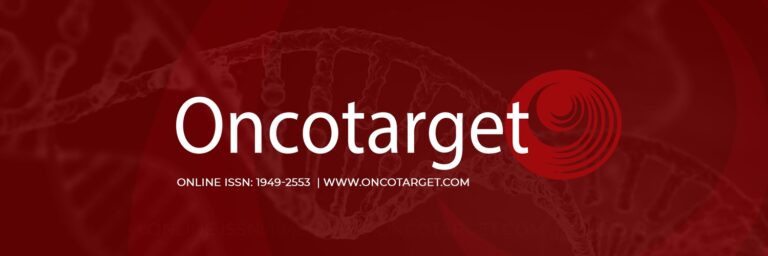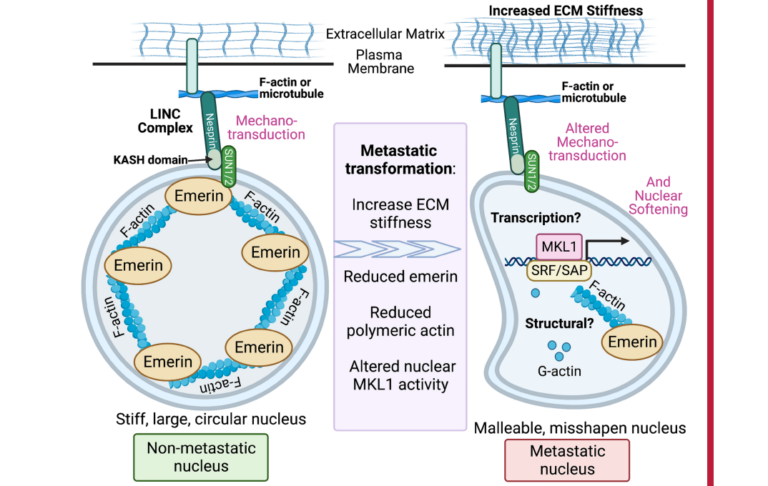“[…] this suggests a model where the accumulation of DNA damage with aging impairs vascular function ultimately resulting in [cardiovascular disease].”
BUFFALO, NY- October 18, 2023 – A new research paper was published in Aging (listed by MEDLINE/PubMed as “Aging (Albany NY)” and “Aging-US” by Web of Science) Volume 15, Issue 19, entitled, “Reduction of double-strand DNA break repair exacerbates vascular aging.”
Advanced age is the greatest risk factor for cardiovascular disease (CVD), the leading cause of death. Arterial function is impaired in advanced age which contributes to the development of CVD. One underexplored hypothesis is that DNA damage within arteries leads to this dysfunction, yet evidence demonstrating the incidence and physiological consequences of DNA damage in arteries, and in particular, in the microvasculature, in advanced age is limited.
In their new study, researchers Samuel I. Bloom, Jordan R. Tucker, Daniel R. Machin, Hossein Abdeahad, AdeLola O. Adeyemo, Tyler G. Thomas, R. Colton Bramwell, Lisa A. Lesniewski, and Anthony J. Donato from The University of Utah, Florida State University and the Veterans Affairs Medical Center-Salt Lake City began by assessing the abundance of DNA damage in human and mouse lung microvascular endothelial cells and found that aging increases the percentage of cells with DNA damage.
“To explore the physiological consequences of increases in arterial DNA damage, we evaluated measures of endothelial function, microvascular and glycocalyx properties, and arterial stiffness in mice that were lacking or heterozygous for the double-strand DNA break repair protein ATM kinase.”
Surprisingly, in young mice, vascular function remained unchanged which led the researchers to rationalize that perhaps aging is required to accumulate DNA damage. Indeed, in comparison to wild type littermate controls, mice heterozygous for ATM that were aged to ~18 mo (Old ATM +/−) displayed an accelerated vascular aging phenotype characterized by increases in arterial DNA damage, senescence signaling, and impairments in endothelium-dependent dilation due to elevated oxidative stress. Furthermore, old ATM +/− mice had reduced microvascular density and glycocalyx thickness as well as increased arterial stiffness.
“Collectively, these data demonstrate that DNA damage that accumulates in arteries in advanced age contributes to arterial dysfunction that is known to drive CVD.”
Read the full paper: DOI: https://doi.org/10.18632/aging.205066
Corresponding Author: Anthony J. Donato
Corresponding Email: tony.donato@utah.edu
Keywords: aging, DNA damage, vascular function, endothelial cell, senescence, oxidative stress, arterial stiffness
Sign up for free Altmetric alerts about this article: https://aging.altmetric.com/details/email_updates?id=10.18632%2Faging.https://doi.org/10.18632/aging.205066
About Aging: Launched in 2009, Aging (Aging-US) publishes papers of general interest and biological significance in all fields of aging research and age-related diseases, including cancer—and now, with a special focus on COVID-19 vulnerability as an age-dependent syndrome. Topics in Aging go beyond traditional gerontology, including, but not limited to, cellular and molecular biology, human age-related diseases, pathology in model organisms, signal transduction pathways (e.g., p53, sirtuins, and PI-3K/AKT/mTOR, among others), and approaches to modulating these signaling pathways.
Please visit our website at www.Aging-US.com and connect with us:
- SoundCloud
- X, formerly known as Twitter
- YouTube
- LabTube
Click here to subscribe to Aging publication updates.
For media inquiries, please contact media@impactjournals.com.

